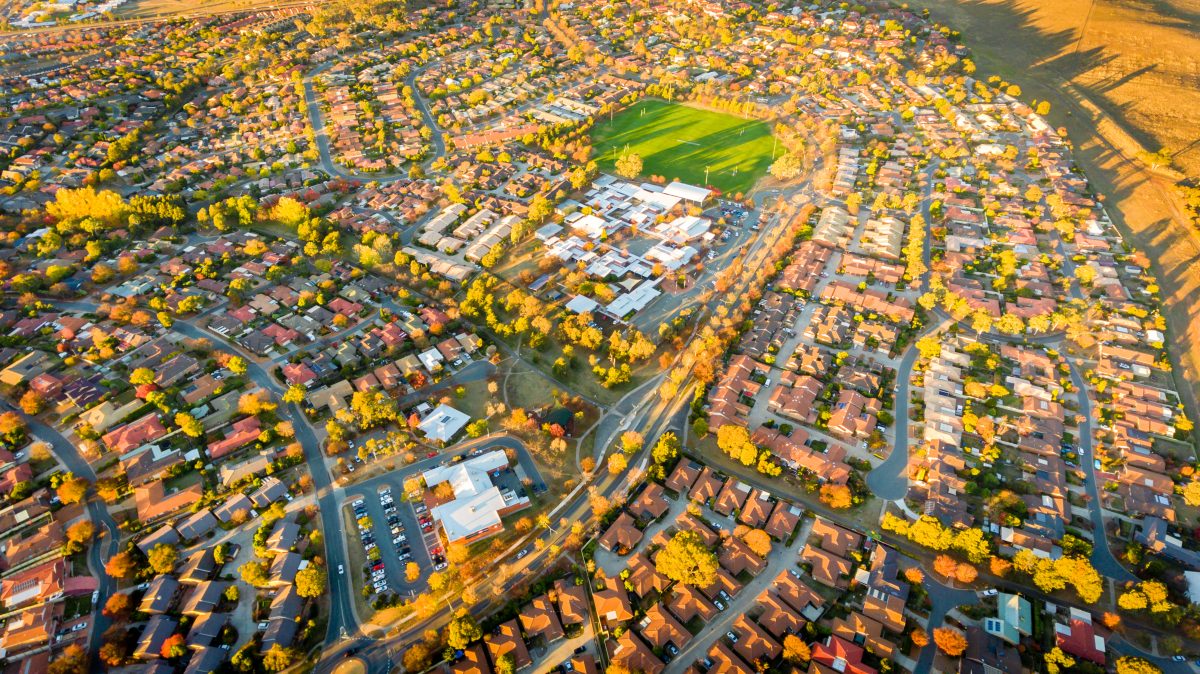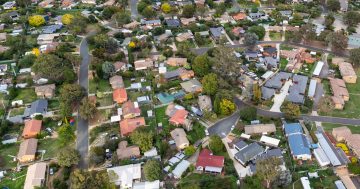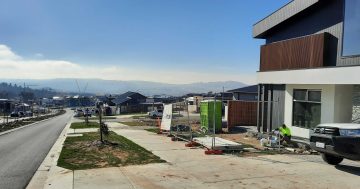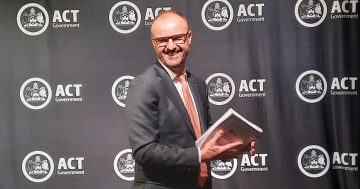
Rates will be an election battleground. A new analysis of the Government tax reform program shows it has boosted the economy and home ownership. Photo: File.
The ACT Government has announced increases in average general rates for residential and commercial properties will be capped at 3.75 per cent for five years from 2021-22, and Stage 3 of its 20-year tax reform program will be brought forward one year.
Chief Minister Andrew Barr said the Government, which will release its Budget update and Jobs and Recovery plan today, was taking into account the significant impact of the ongoing COVID-19 pandemic on the economy and the need for certainty for households and businesses.
In last year’s budget the average rise for houses was about 7 per cent and 11 per cent for units.
Residential stamp duty rates will continue to fall, targeted at owner-occupier purchases and cheaper land to stimulate affordable housing construction.
Off-the-plan units and land purchases will continue to have significant concessions until 30 July, 2021.
The tax-free threshold for commercial stamp duty will also increase from $1.5 million to $2m by 2025-26. At present, about 80 per cent of commercial property transactions pay zero stamp duty.
The Government has also released a positive analysis of the first seven years of its tax reform program (2012-2018), in which so-called inefficient taxes such as stamp duty are eventually phased out while general rates are increased to create a more reliable revenue source.
The trail-blazing but controversial reform program has been roughly revenue neutral over its first seven years, helped to achieve a more efficient and competitive economy, and contributed to a fairer tax system, according to the analysis.
It has also boosted the property market, benefited first home buyers and could even have helped lower rents and increase the number of rental properties, the analysis says.
The Government hopes the analysis will blunt the Canberra Liberals’ long-standing attacks on the reform program and the rate rises involved.
Most economists support the reform program, and other jurisdictions are taking a keen interest in its progress to weigh up whether they should tread a similar path.
But the past two elections have been fought on the tax reform program as the Liberals sought to amplify homeowners’ higher rates bills, and it appears the coming election will be no different with the Opposition promising to freeze rates.
The analysis was overseen by a Tax Reform Advisory Group comprising Deputy Under Treasurer Stephen Miners, and three independent external advisers – Professor Robert Breunig, Dr Richard Denniss and Professor Robert Tanton.
It is based on work done by the Centre of Policy Studies, Victoria University, the ANU’s Tax and Transfer Policy Institute (TTPI) and the University of Canberra’s National Centre for Social and Economic Modelling (NATSEM).
The analysis found the Government has collected slightly less cumulative total revenue ($62m) than would have been collected without tax reform.
It says the increase in cumulative general rates of $793m is more than offset by the cumulative revenue forgone from stamp duty and insurance duty of $855m.
Tax reform has increased economic efficiency and resulted in economic growth, with production, household consumption and investment increasing every year since 2012, with the increases growing over time.
The analysis says tax reform has particularly benefited first home buyers, including households led by women who are new homeowners, and lower-wealth households, enabling more to enter the market.
It also claims to have boosted property prices and turnover, although the caveat is these effects may not be causal.
Mr Barr said that despite anecdotal commentary to the contrary, the analysis did not find definitive evidence that tax reform had led to higher rental prices in the ACT.
”In fact, that analysis found that there were more properties available to rent due to tax reform,” he said.
Businesses have also benefited from the removal of commercial land tax, the increase in the stamp duty-free threshold for commercial properties to $1.5m, and the rise in the payroll tax threshold from $1.5m to $2m, with less than 10 per cent of businesses in the Territory being liable for payroll tax.
Mr Barr said the heaviest reform work was now in the past, and general rate increases would be lower in the future.
”With the COVID-19 emergency rates rebate of $150, average general household rates in Canberra will not increase in this current financial year, and 110,000 Canberra households will see a rates reduction this financial year,” he said.
The Canberra Liberals have pledged to freeze rates for the four years of their first term in office if they win the 17 October election.





















